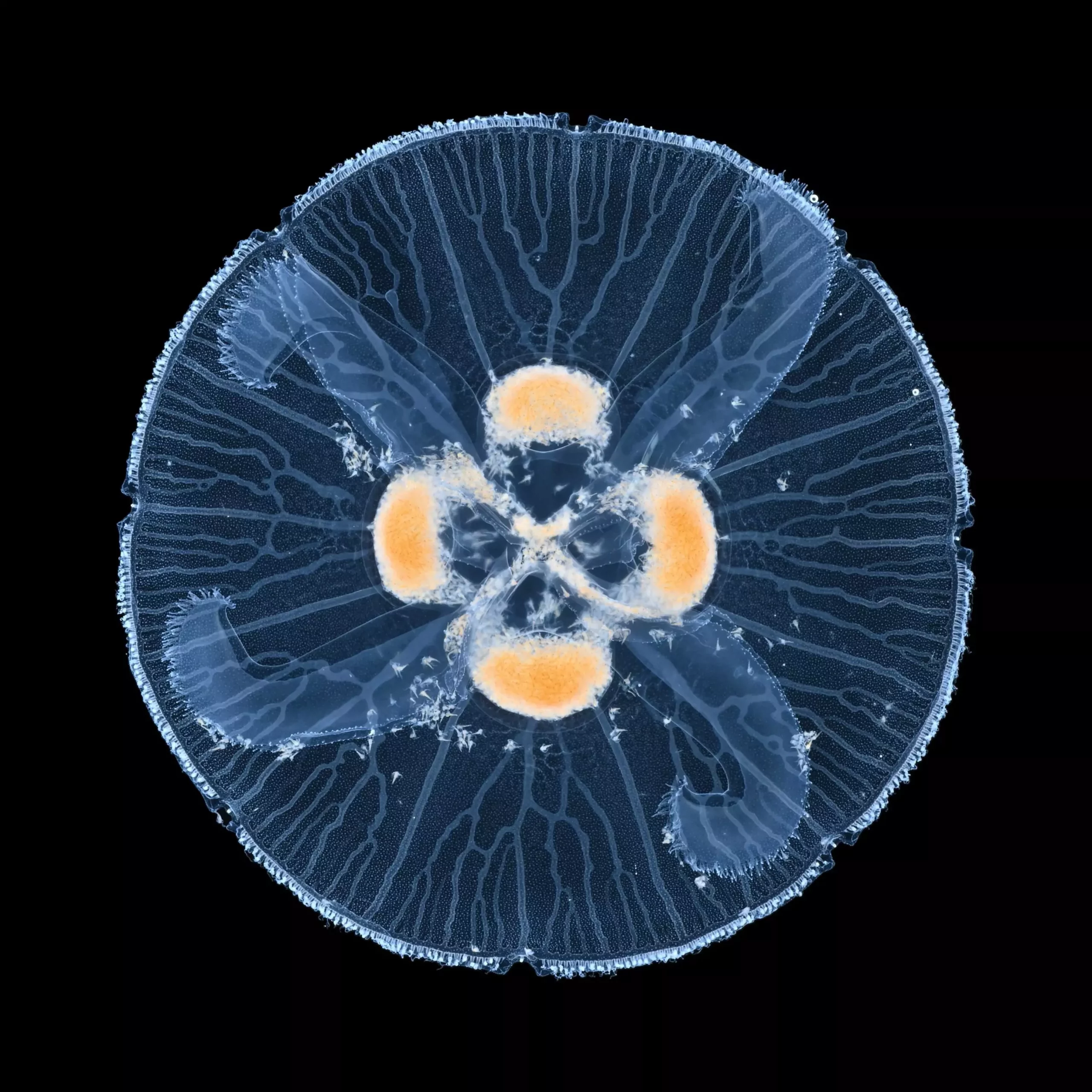In the intricate web of life, transport networks are fundamental systems that facilitate the movement of essential substances like nutrients and oxygen across various organisms. These networks, which include blood vessels in animals and the canal systems in jellyfish, exhibit an array of structures and patterns crucial for their function. Recent research led by an international team of scientists has unveiled a significant mechanism in the formation of loops within such networks—structures that enhance resilience and stability against damage. The research highlights the dynamic interaction between network branches and their surrounding environment, particularly when approaching the system’s boundary, where a remarkable transformation from repulsion to attraction occurs.
Historically, the emergence of loops in natural transport networks has remained an enigma. Researchers previously understood that branches in these systems would typically either repel one another or fail to reconnect once severed. In their recent findings published in the *Proceedings of the National Academy of Sciences*, the researchers have elucidated how this behavior changes dramatically once one of the branches reaches the edge of the system. The researchers, spearheaded by Stanislaw Żukowski from the University of Warsaw and Université Paris Cité, observed that branches which were once competing for resources suddenly begin to attract each other at this critical juncture, leading to the formation of loops. This observation casts a new light on various natural phenomena—from the dynamics of lightning discharges to biological systems such as jellyfish anatomy.
Looping structures in transport networks confer a distinct advantage: they mitigate vulnerability to damage. In a system where branches interconnect through loops, the failure of one branch does not necessarily lead to the collapse of the entire network. This resilience is particularly vital in biological contexts where fluid and nutrient transport is paramount for organism survival. For instance, in jellyfish, these loops play a critical role in their gastrovascular function, circulating nutrients and removing waste efficiently. The research indicates that as one canal connects to the jellyfish’s stomach—the boundary of its system—other smaller canals are drawn in, creating a loop, thereby enhancing operational efficiency.
Understanding the mechanisms driving the formation of loops has profound implications for the study of transport networks. Previous studies indicated that most of these networks develop in response to a diffusive field, such as chemical concentration or electric potential gradients. The researchers have built upon earlier work that identified a small resistance differential between the network and the surrounding medium—acting as a catalyst for the attraction of network branches that would otherwise repel each other.
Through meticulous experimentation and modeling, the researchers demonstrated that once a breakthrough occurs at the system’s boundary, forces changing from repulsion to attraction can trigger loop formation. For example, this correlation was observed not only in jellyfish but also in laboratory experiments examining gypsum dissolution and instabilities in fluid mechanics.
The implications of these findings extend well beyond mere biological curiosity. By developing a reliable model that predicts the behavior of network branches at critical points, this research paves the way for enhanced understanding and management of various systems across fields, including ecology, fluid dynamics, and materials science. Understanding the dynamics that lead to loop formation could enable researchers to engineer more efficient biological or synthetic systems mimicking the resilience seen in nature.
Moreover, this work suggests a richness of untapped phenomena in the natural world, inviting researchers to expand their inquiries into related domains. With potential applications in designing more durable materials or enhancing the resilience of ecological networks, the researchers speculate that this mechanism will be a significant indicator of dynamic behavior across a wider spectrum of systems.
The study of loop formation in transport networks reveals critical lessons about connectivity, resilience, and adaptability in nature. As more discoveries emerge from this research, we may find ourselves better equipped to harness and replicate these complex mechanisms, leading to innovative solutions in biology, ecology, and engineering. This intricate tapestry of interconnected systems, evolving through brilliance and simplicity, illuminates the importance of collaboration in nature—reminding us that sometimes, it takes a reaching out to build connections that empower growth and sustainability.


Leave a Reply